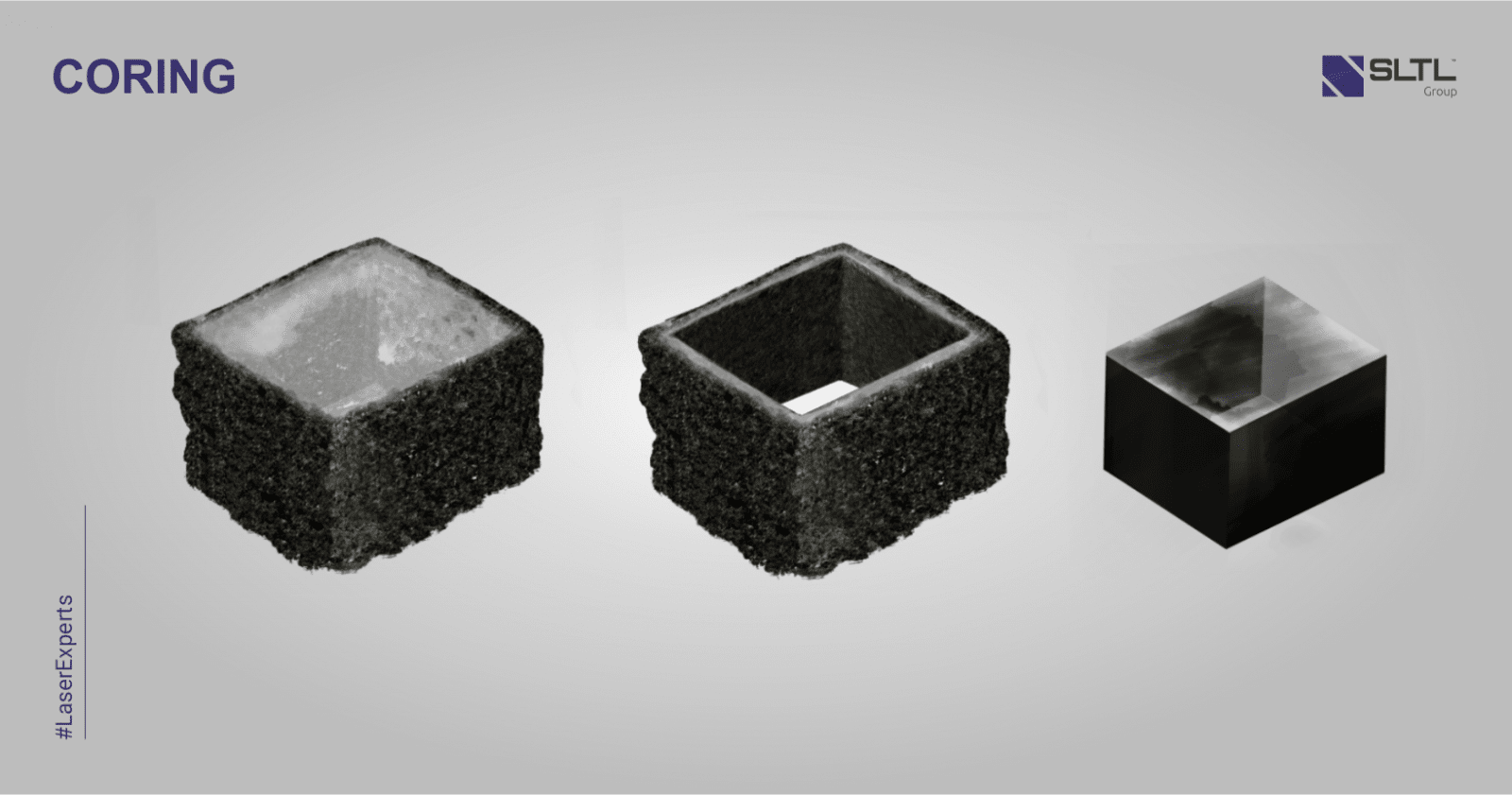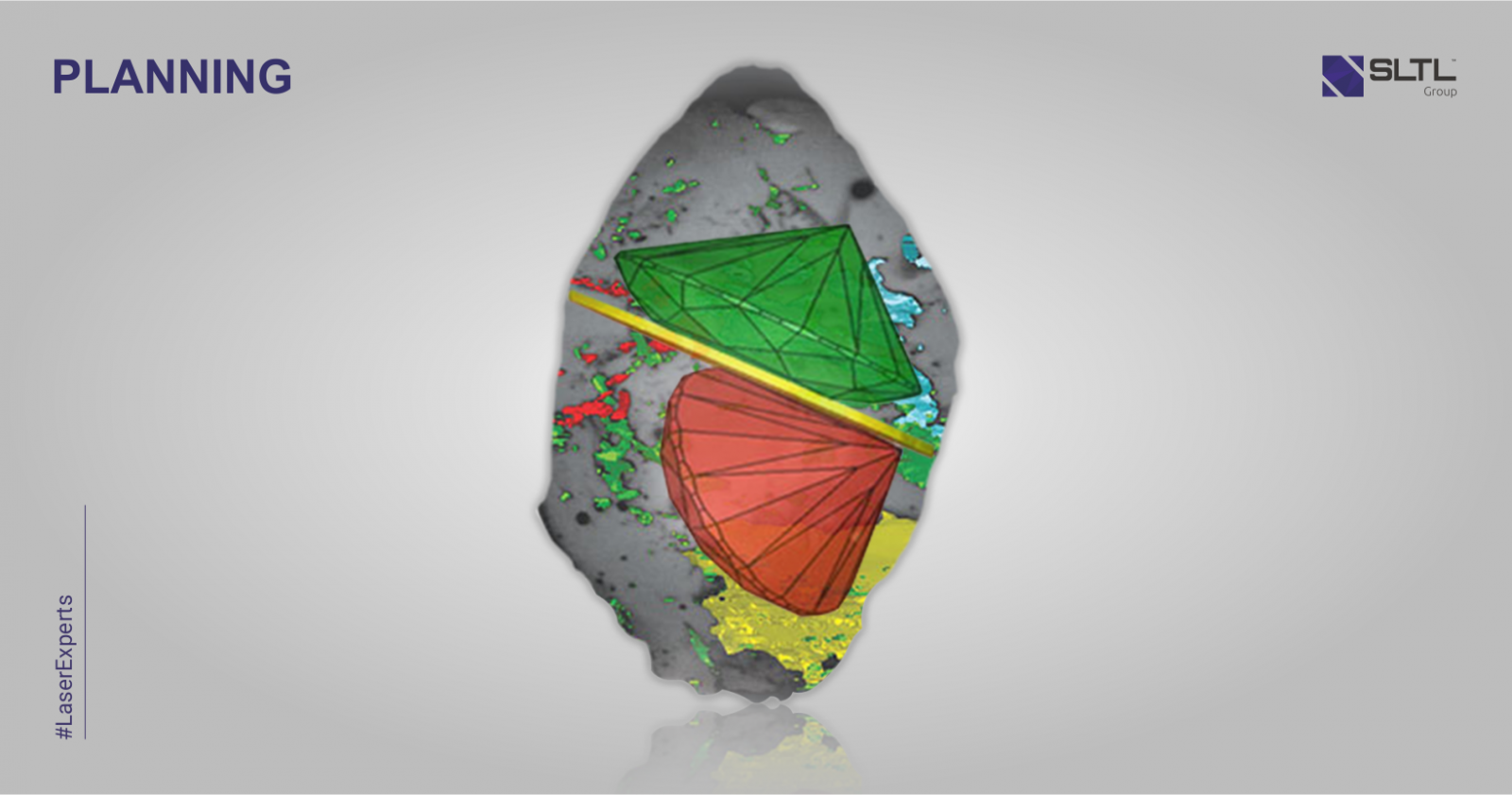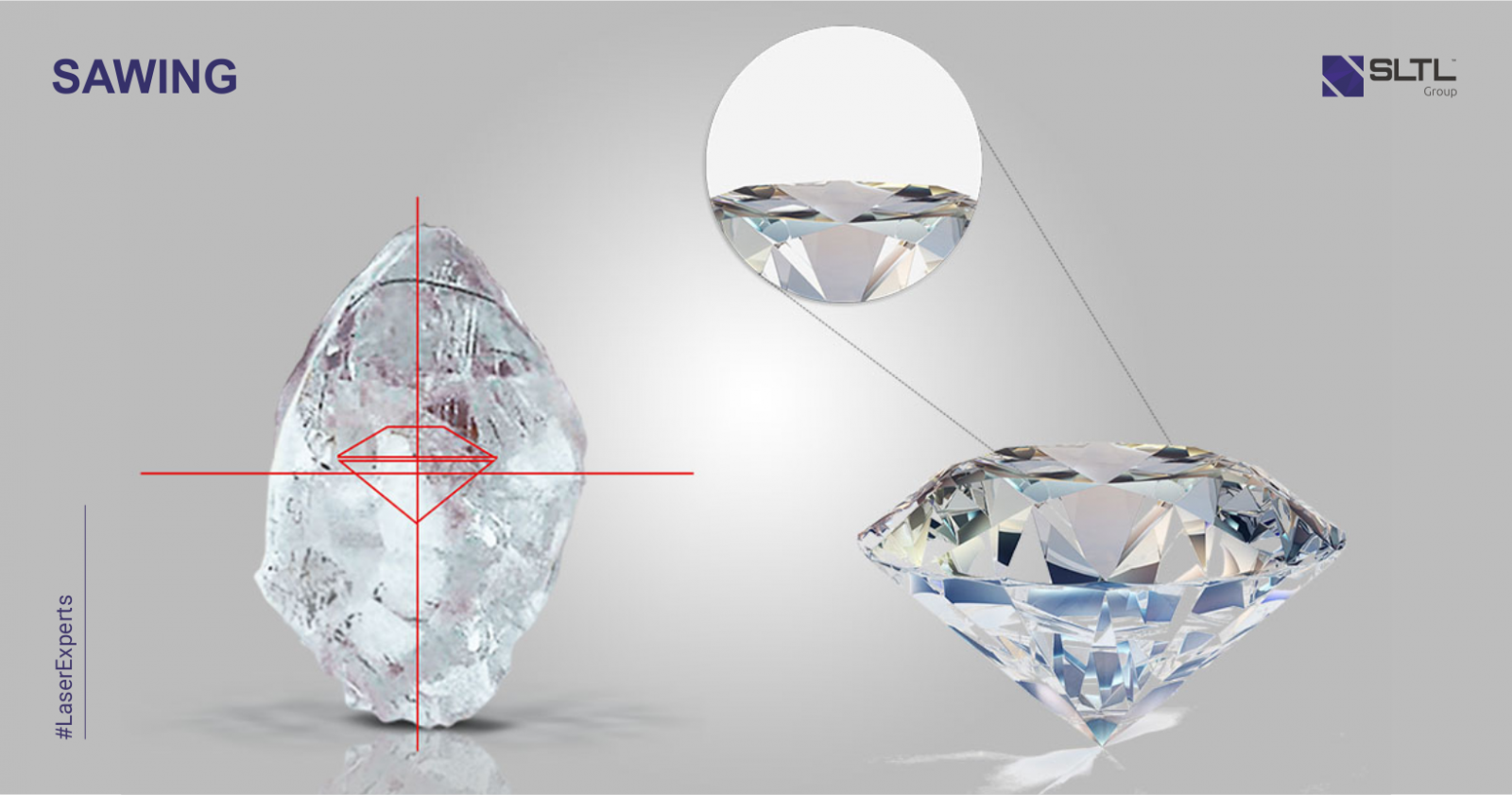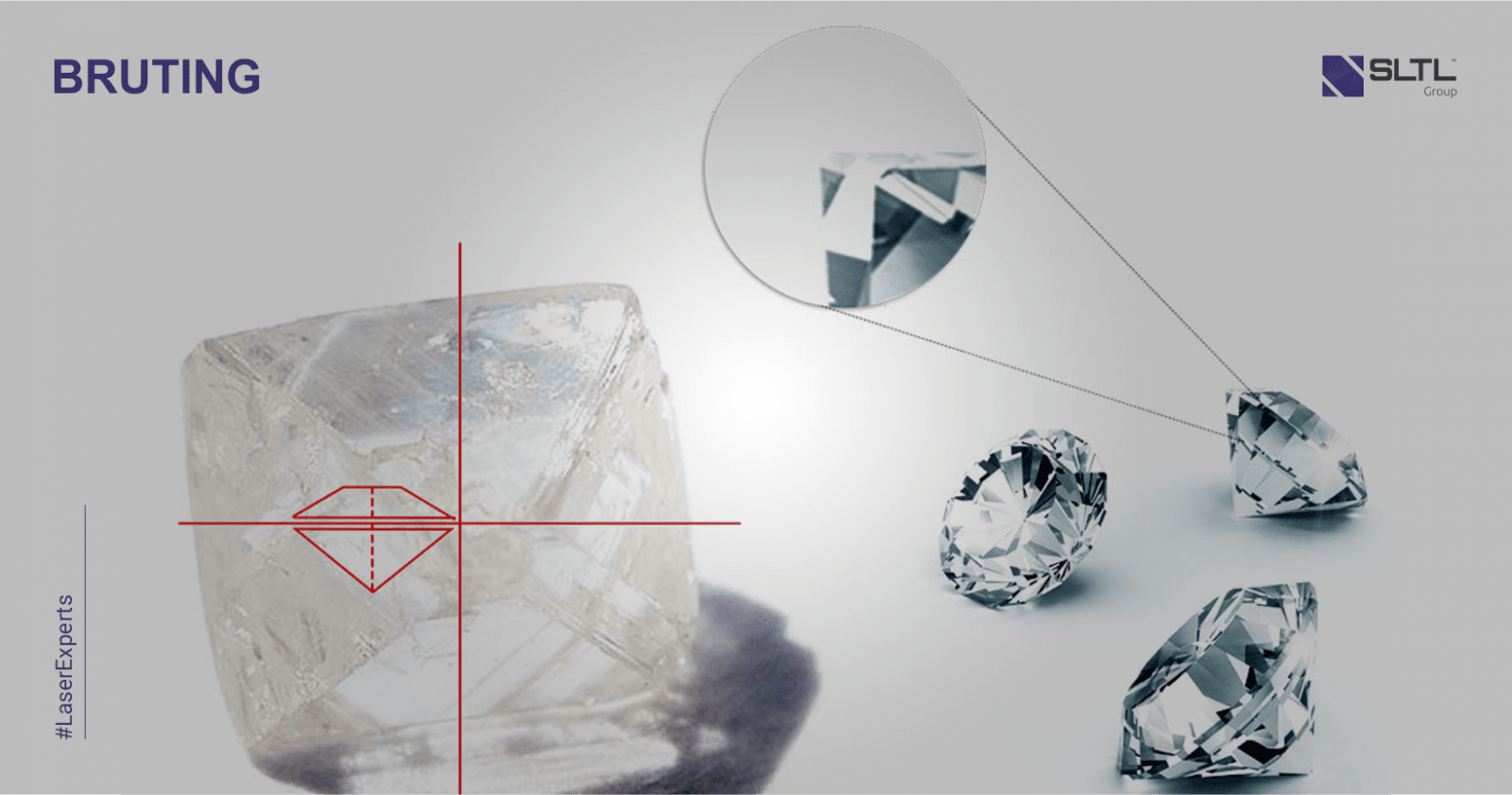What is Diamond Processing?
Diamond processing is the practice of changing a diamond from a rough stone into a faceted gem. Cutting diamond requires specialized knowledge, tools, equipment, and techniques because of its extreme difficulty.
To the non-professional, an unpolished rough diamond appears to be very much like a dull piece of glass. Get to Know About man made diamonds manufacturer
Only when it is polished and facetted, it ascends to its full glory, displaying the sparkling brightness and a splash of colours for which it is famous.
From the time the diamond is transformed from a rough stone into a gem set in an item of jewellery, it has lost half of its weight. Before the cutting and polishing process begins, a thorough examination of the rough diamond is conducted.
We can distinguish 6 different phases in diamond processing: drawing/marking/planning, cleaving/sawing, bruiting and polishing, Final inspection, Recutting.
PHASES OF DIAMOND PROCESSING:
1. CVD Diamond Laser Coring

Coring is the process of removing the tough central part of a rough CVD diamond. This process is done to obtain a fine structure of the CVD which can be processed further to make the diamonds. The process, when done with the help of lasers, is termed as Laser CVD Coring.
Coring becomes as easy process with SLTL Group’s Laser Systems made to carry operation with utmost precision and hence achieving enhanced productivity.
2. CVD Diamond Laser Slicing

Slicing is the next step towards shaping the CVD diamonds after the process of Coring. In this process, the larger rough section obtained through coring is divided into smaller and thinner slices. The slices obtained through SLTL’s Laser Systems are seamless.
SLTL Group’s Laser Systems operates with seamless hardware and software integration to carry this critical operation with delicacy and gain break free slicing.
3. Drawing/Marking/Planning

A diamond is marked in order to determine how it may be cut to the greatest advantage.
Traditionally, an experienced diamond expert used an Indian ink pen to do this.
More recent methods involve computer-aided design systems that analyze the stone, and then mark their surface using a very precise laser beam.
Lab Grown Diamond manufacturers analyze diamond rough from an economic perspective, with two objectives steering decisions made about how a faceted diamond will be cut.
The first objective is that of maximum return on investment for the piece of diamond rough.
The second is how quickly the finished diamond can be sold. Scanning devices are used to get a 3-dimensional computer model of the rough stone.
Also, inclusions are photographed and placed on the 3D model, which is then used to find an optimal way to cut the stone.
4. Cleaving/Sawing

Cleaving is a method of splitting a diamond parallel to the direction of crystal grain with a single blow.
It is done to divide the stone into two or more pieces, or in order to remove impurities or irregularities.
Sawing is a method of splitting a diamond against the grain of the crystal.
5. Bruiting

Bruting involves the shaping of the base of a diamond, by which it more or less receives its form as a polished diamond.
The circumference of the cut stone forms the shape of the girdle, which is the narrow band that encompasses the edge of the plane separating the crown and the pavilion of a polished gemstone.
Bruting can be done manually but most is done mechanically today. More modern cutting methods involve laser beams.
6. Polishing

Polishing is the process which facets the diamond.
The most popular polished diamond is a round brilliant, which has a total of 57 facets – the upper place, or table facet; the crown or section above the girdle, which includes 32 facets; and pavilion, or section below the girdle, which includes, 24 facets.
This is done to ensure maximum weight, clarity and best angles for the specific shape of diamond. After initial crossworking is complete, the diamond is finalized by smoothing the main facets by the crossworker, which is known as polishing the diamond.
7. FINAL INSPECTION
The final stage involves thoroughly cleaning the diamond in acids, and examining the diamond to see whether it meets the quality standards of the manufacturer.
8. Recutting
Due to changes in market desirability and popularity, the value of different styles of diamond fluctuates.
All diamonds can be recut into new shapes that will increase value at that time in the market and desirability.
Source of article : sltl dot com


Comments
Post a Comment